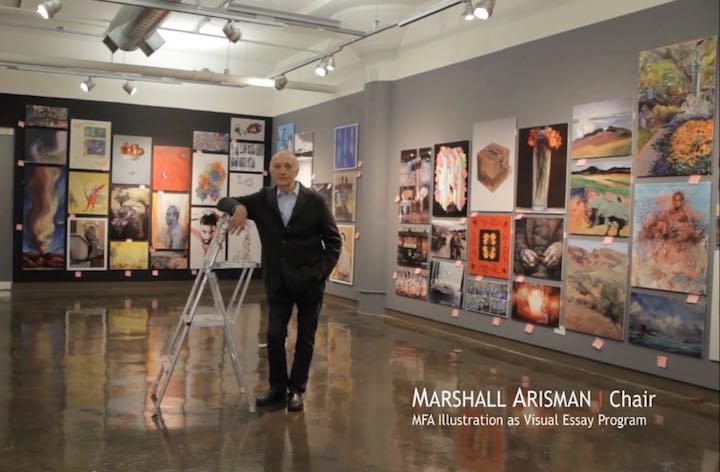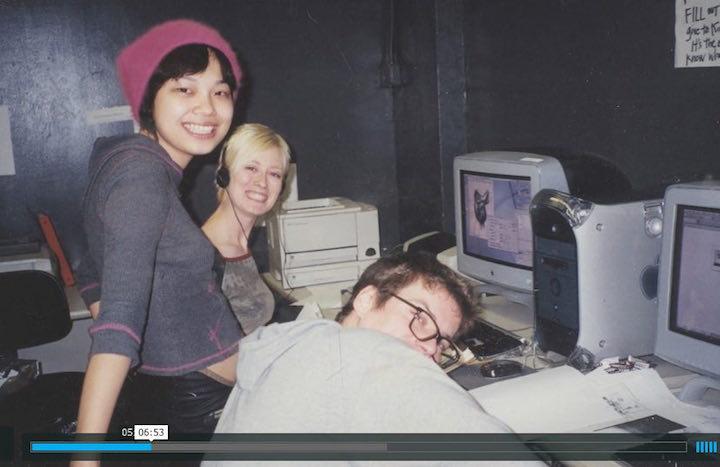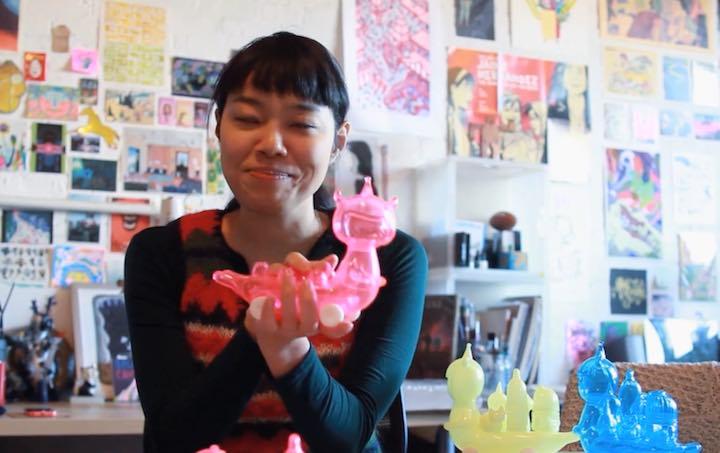Illustration as Visual Essay: The Movie
Last year, the School of Visual Arts celebrated the 30th anniversary of its MFA Visual Essay Program, with the exhibition We Tell Stories. The show filled the SVA Chelsea galleries with works by over 300 of the 600+ graduates of the program.
Now there is a video documentary about the show and the program, narrated by Marshall Arisman, the program’s founding chair.
In 1984, Arisman, an illustrator, painter, educator and storyteller initiated a groundbreaking graduate program at SVA in response to the prevailing distinction between “illustrators” and “artists.” Technology was giving rise to online media and self-publishing, making it possible for figurative artists with an interest in storytelling to gain control over the content of their work. Unlike the conventional approach to teaching illustration, MFA Illustration as Visual Essay empowers artists to develop a personal voice.

The program was unlike any graduate programs at the time, in the sense that it did not set out to teach its students to be better painters, illustrators, or comic artists. Instead, Arisman says in the film, “We teach them how to use themselves as content and tell a story. Once you can do that you can choose the form the story takes."

“After graduating from their BFA programs, most artists,” he said, “become isolated from their peers and find themselves increasingly cut off. Here
we build a community where people naturally interact. Everything in the program is done together, from writing classes to crits, to drawing on location. We provide a lot
of information, a lot of structure, and outside of what we do in the program there’s an endless circle of activities in New York that is relatable."

“The nice thing that happens is when people graduate from the program," he continued, "the same thing they tend to set up the same phenomenon outside. Four or five will get together and rent a
studio space, usually in Brooklyn, and continue the community relationship.”
The film glides between interviews with graduates, instructors, and current students, in their studios and on location, offering a stimulating view of artists at work in the city that has helped to shape their post-MFA careers. You can see it here.


